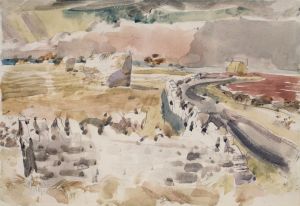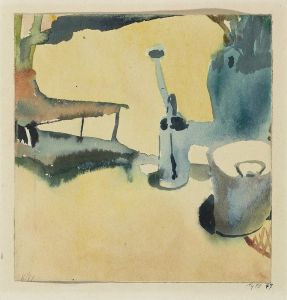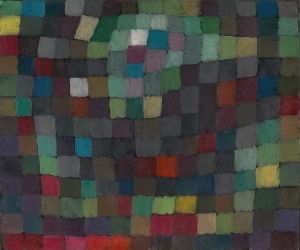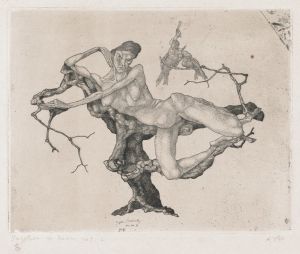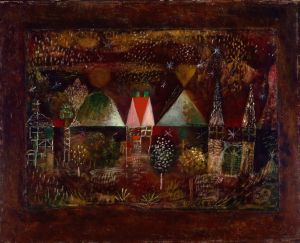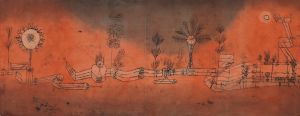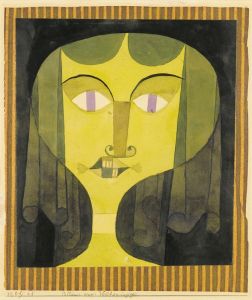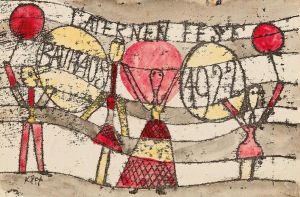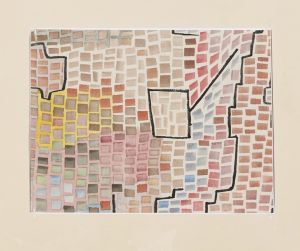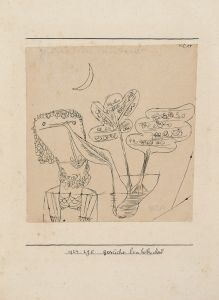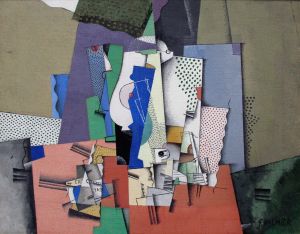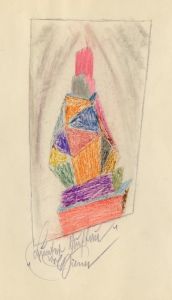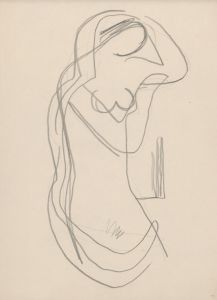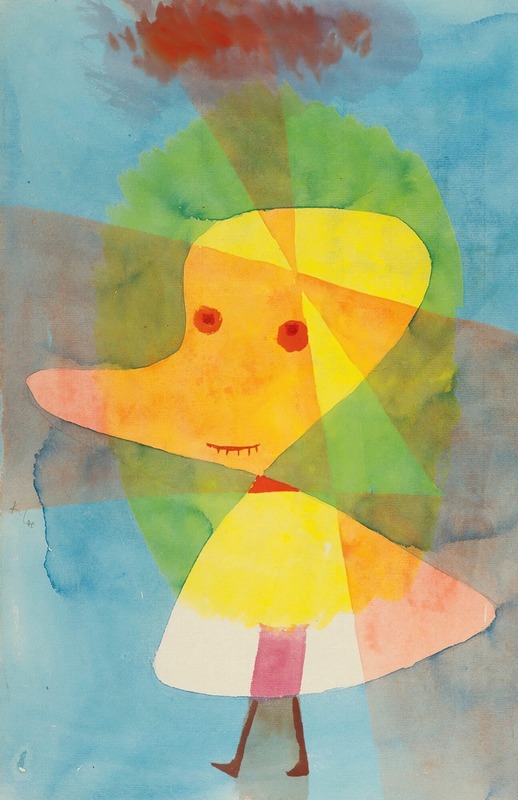
Kleiner Gartengeist
A hand-painted replica of Paul Klee’s masterpiece Kleiner Gartengeist, meticulously crafted by professional artists to capture the true essence of the original. Each piece is created with museum-quality canvas and rare mineral pigments, carefully painted by experienced artists with delicate brushstrokes and rich, layered colors to perfectly recreate the texture of the original artwork. Unlike machine-printed reproductions, this hand-painted version brings the painting to life, infused with the artist’s emotions and skill in every stroke. Whether for personal collection or home decoration, it instantly elevates the artistic atmosphere of any space.
Paul Klee, a Swiss-born German artist, is renowned for his highly individual style that was influenced by movements in art that included Expressionism, Cubism, and Surrealism. One of his notable works is "Kleiner Gartengeist," which translates to "Little Garden Spirit" in English. This painting is a testament to Klee's unique approach to art, characterized by his whimsical and imaginative use of color and form.
"Kleiner Gartengeist" was created in 1924, a period when Klee was deeply involved with the Bauhaus, an influential art school in Germany where he taught alongside other prominent artists like Wassily Kandinsky and László Moholy-Nagy. The Bauhaus was known for its innovative approach to art, design, and architecture, and Klee's work during this time reflects the school's emphasis on combining fine art with crafts and technology.
The painting itself is a small-scale work, typical of Klee's preference for intimate, detailed compositions. "Kleiner Gartengeist" features a central figure that appears to be a whimsical, abstracted spirit or creature, set against a backdrop that suggests a garden or natural environment. Klee's use of color in this piece is particularly striking; he employs a palette of earthy tones interspersed with brighter hues, creating a sense of depth and vibrancy. The composition is both playful and enigmatic, inviting viewers to interpret the scene in various ways.
Klee's technique in "Kleiner Gartengeist" showcases his mastery of line and form. He often used a method of layering colors and textures to achieve a sense of complexity and richness in his paintings. This approach is evident in the way the forms in "Kleiner Gartengeist" seem to float and interact with each other, creating a dynamic and lively composition. The lines are both precise and fluid, demonstrating Klee's skill in balancing structure with spontaneity.
Thematically, "Kleiner Gartengeist" reflects Klee's interest in the mystical and the fantastical. Throughout his career, Klee was fascinated by the idea of capturing the unseen or the spiritual in his work. This painting, with its depiction of a garden spirit, aligns with his exploration of the intersection between the natural world and the imagination. Klee often drew inspiration from nature, and his works frequently feature elements that suggest a deep connection to the earth and its mysteries.
"Kleiner Gartengeist" is a prime example of Klee's ability to blend the playful with the profound. His work continues to be celebrated for its innovation and its ability to transcend traditional artistic boundaries. Today, Klee's paintings, including "Kleiner Gartengeist," are held in high regard and can be found in major art collections and museums around the world. They continue to inspire and captivate audiences with their unique blend of color, form, and imagination.





